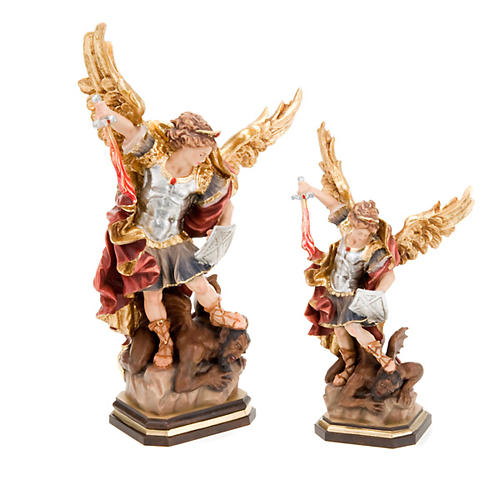There are many ways to describe religious art. We can we say about it:
(1) Any piece of art that has a Christian or biblical theme (Christian art); Or
(2) Any piece of art that is an example of worshiping any deity or deity. Or
(3) Any Islamic, Buddhist, Hindu, Sikh, Jewish, Baha’i, or Jain religious theme, or any art reflecting the themes of Shinto, Kaodai, or traditional Chinese religions.
Upon further analysis, however, these definitions relate to religious “content” rather than religious “standards.” For example, a painting of a crucified scene that draws attention to some fundamentally bizarre or blasphemous physical attribute of the dying Christ would hardly be a virtue of catholic religious art. Furthermore, some religions (Eastern Orthodox, Islam) have certain principles that allow this type of art to be banned:
Therefore, our proposed definition of religious art is as follows:
Religious art is any work whose central idea supports the moral message of religion that it intends to explain. In this context, religion refers to any set of human beliefs that they consider sacred, spiritual, or divine – whether or not gods are involved.
Common types of religious art
Since antiquities, the most common form of religious art has been painting and sculpture. However, the form of religious art with the most visual effects is undoubtedly architecture. From the Pyramids of Egypt to Stonehenge, from the Hagia Sophia in Istanbul to the Umayyad Grand Mosque in Damascus, from the Rock Dome in Jerusalem to the French Gothic Cathedral in Rome, from St. Peter’s Basilica in Rome to the Taj Mahal, their grandness possesses a religious aspect.
Religious authorities have turned to permanent architecture to intimidate and influence their gatherings. Interior and exterior art decorations for these Christian, Islamic and Buddhist churches usually include a wide range of decora decorative arts, including calligraphy, ceramics, handicrafts, icons, bright manuscripts, metalwork, mosaic, stained glass, tapestry, and wood painting.
The purpose and cost of religious art
The work of religious art, directly or indirectly, is to win over converts. Architecture is a basic form of this because a church can hold a communal movement, education, and home. Public sculpture can also inspire, while interior mosaics and stained glass can tell divine stories. In those days’ illiteracy was the norm.
In conveying the message of an organized universe under God, Christian art also played an important role in shaping and preserving social order. But it came at a price. Thus, in their efforts to restore Rome’s greatness, beauty, and dignity, Pope Julius II (1503-13) and Pope Leo X (1513-21) nearly bankrupted the church. Paying more for art was a major reason for reform, as it imposed higher taxes on common men, and created more corrupton in church officials. Nevertheless, for at least nine centuries between 800 and 1700, the Church of Rome was still the greatest patron of the arts.





